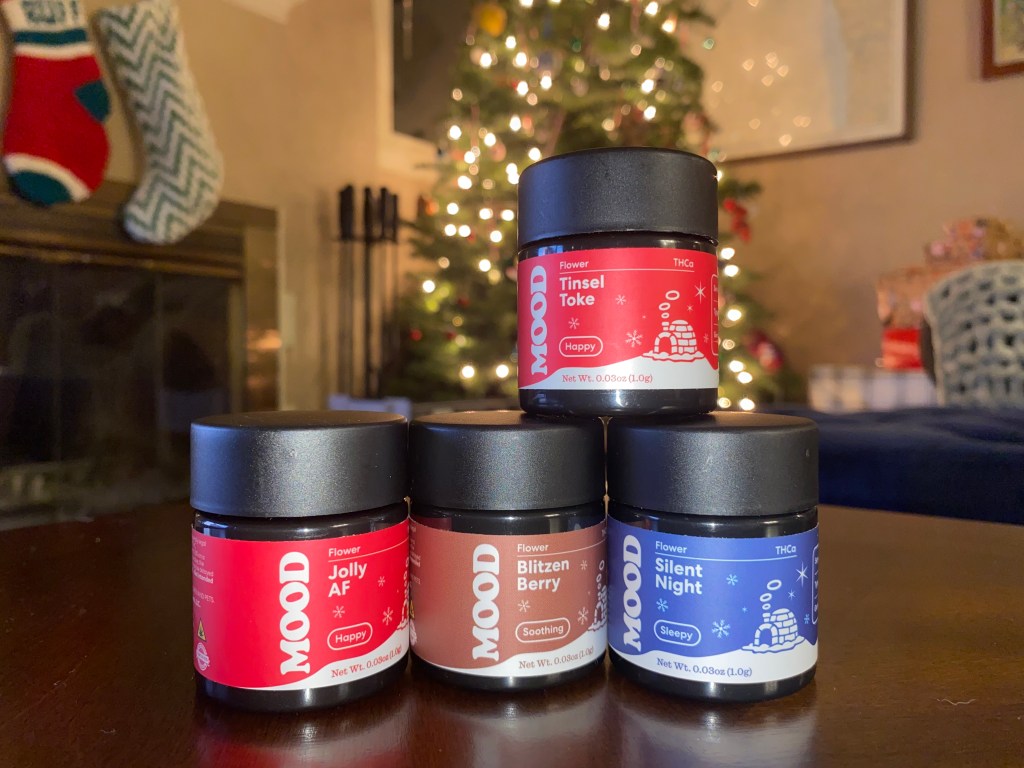
Image via
When Indigenous Sydney Swans player Adam Goodes bounced, hopped, and hurled a spear at AFL fans over the weekend he became a lightning rod for one of the biggest myths in Australian history. Since European settlement in 1788 the narrative of colonisation has been one of easy victory for sophisticated Europeans over a rabble of primitive, disorganised, Indigenous fighters. It pointedly ignored the fact that there were many Indigenous resistance warriors who fought bravely against settlers in a series of wars and skirmishes known as the Frontier Wars that lasted 146 years.
“They didn’t have guns. They had spears and boomerangs but they fought,” explains modern day Indigenous warrior and former boxing legend, Tony Mundine—father of the outspoken WBA Light Middleweight World Champion, Anthony.
Videos by VICE
Adam Goodes’ war dance on the weekend.
The sight of Indigenous sporting teams in full war dance has become familiar in recent years: with everyone from the Indigenous NRL all-stars to various junior teams acknowledging the proud tradition of Indigenous warriors that came before them. Goodes’ war dance was a nod to the U’16 Flying Boomerangs Indigenous development squad who he says taught him the dance.
New Zealand’s Maori Haka vs an Indigenous Australian war dance.
During European settlement in 1788 at least 20,000 Indigenous Australians were killed by police, military, and settler militias in the Frontier Wars. It’s estimated that 2000 early soldiers, police, and settlers were killed by Aboriginals.
In the United States significant battles between settlers and native Americans, such as the Battle of Little Bighorn, are celebrated with national monuments. Australia has nothing like this. When the Australian War Memorial in Canberra was upgraded to the tune of 32 million dollars last year, administrators refused to include a section dedicated to the Indigenous resistance warriors in the Frontier Wars. The only nod to Indigenous history at the site can be found in the form of an Indigenous man and woman situated among the stone carvings of Australian wildlife.
During ANZAC Day celebrations earlier this year, an Indigenous ex-service man attempting to join the march in honour his fallen ancestors in the Frontier Wars was threatened with arrest by police.
The influential Mundine family—who have long sought to build the pride and self-esteem of young Indigenous Australians in their culture—say the buried history of Indigenous resistance fighters and the stripping of their war heroes is no small part of the cultural trauma besetting Indigenous identity. A history that has lead to an Indigenous infant mortality rate more than twice that of non-Indigenous children, a death rate five times that of non-Indigenous Australians, and an incarceration rate among juveniles 24 times that of non-indigenous Australians.
“Of course it’s hurtful. You go back 60,000 years, this is Aboriginal land. They come here and destroyed it. They come here and took over the land… They were fighting for political justice back in the days just like now in 2015, we’re still fighting but they’re still giving us stabs in the back,” says Mundine.
“If you want to be legalistic about it, the state of war didn’t exist,” summarised former Prime Minister John Howard in 1998, reflecting what is still the Australian government’s position. It’s a claim that has been refuted by dozens of historians, military figures, and eyewitnesses—including Australian explorer Ernest Giles, who documented several skirmishes with Indigenous guerrilla outfits during his travels.
“The men were closely packed in serried ranks and it was evident they formed a drilled and perfectly organised force…They looked like what I should imagine a band of Commanche Indians would appear when ranged in battle line,” he wrote.
Goodes’ dance at the SCG drew a direct line to the likes of Windradyne of the Wiradjuri; whose superior knowledge of country and extensive guerrilla activities in the Bathurst/Blue Mountains region in Central NSW earned a declaration of Martial Law from the government. A declaration that was then used as a ruse to mercilessly slaughter Aboriginal men, women, and children on sight.
Other lesser known Indigenous resistance warriors include Jandamarra of the Bunuba peoples in the Kimberley region, a fighter so successful he is now spoken of in Indigenous oral histories as a supernatural being impervious to bullets. And of course the most decorated warrior of all, Pemulwuy, whose countless successful raids over a ten year period in the Sydney region even earned the admiration of the colonisers. After being shot in the head by buckshot, he was captured and bound in leg irons, but escaped shortly after, re-joining his outfit and continuing to fight. Upon his death by gunshot in 1802, the authorities severed his head, pickled it, and sent it back to England for display.
“What goes around comes around,” says Mundine. “It might take another 200 or 300 years but this land will be in Aboriginal hands again.”
Follow Jed on Twitter: @jed_j_smith
Like this story? Like VICE on Facebook.



